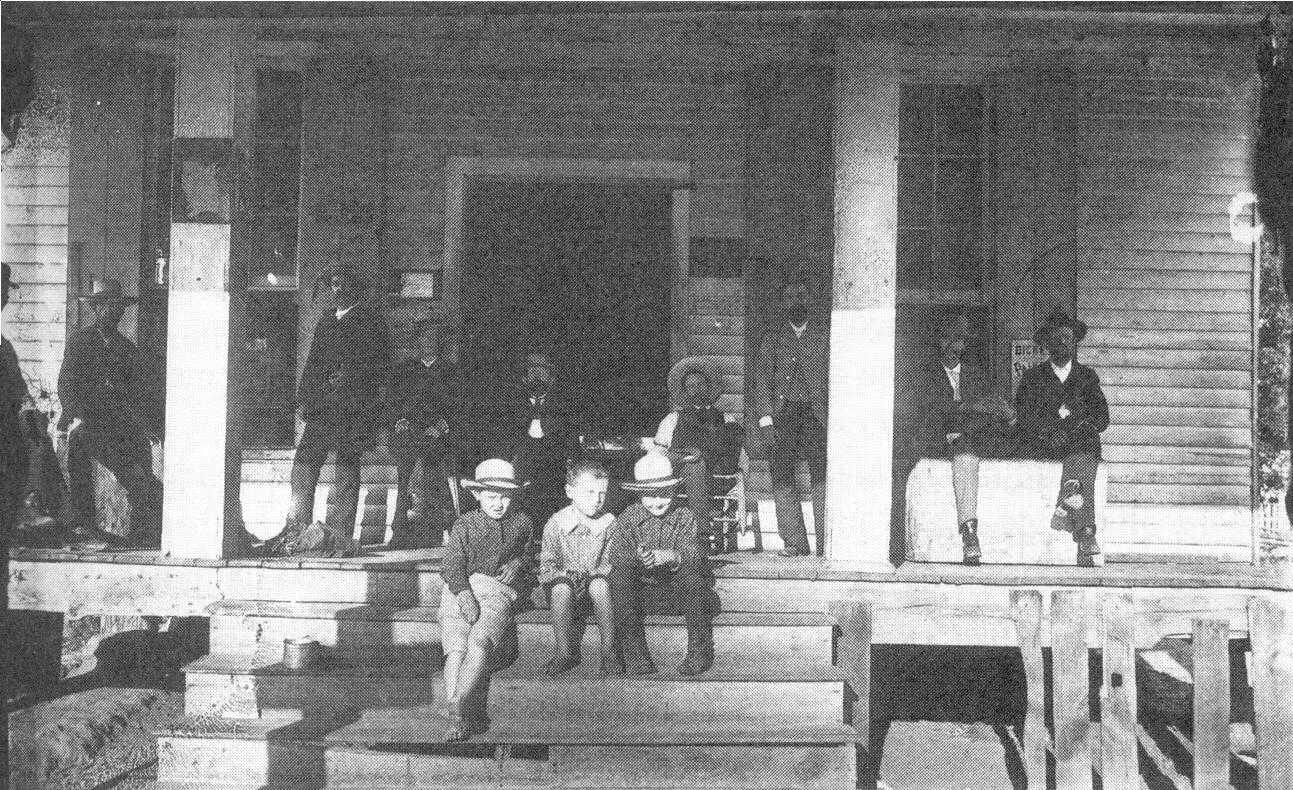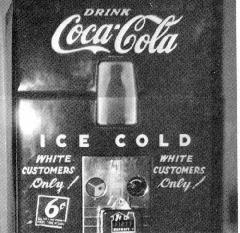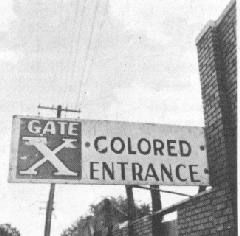Picture, 1920
Picture displayed
But in the Era of Segregation, blacks would become "invisible men,"as happened literally in this photograph from 1920, in which the African Americans were cropped out of the photo before it was mounted in the Governor's mansion.
The effect on the black community in Wilmington and elsewhere was devastating. African Americans had been "put down" economically, politically, socially--and humanly. The racial caste system depicted blacks as inferior by nature, and kept them "in their place" by violence and the threat of violence. There was not a single black policemen in the South who had authority over whites. Blacks were prevented from voting, and from economic and educational advancement. By the beginning of the 1940's, when Gunnar Myrdal made his famous study, An American Dilemma, it was estimated that over 90% of all African Americans were mired in deep poverty.
Southern society was reconstructed so as to be deeply, viscerally segregated. There was a bill in the Georgia legislature to segregate black and white highways. Coke machines read: "for whites only." Serious consideration was given in the Mississippi legislature to completely ending public education for blacks. A white man who mistakenly drank from the same water bottle as a black would be horrified to discover it. A black youth who whistled at a white woman might be lynched.



Segregated cokes
Segregated beaches
Segregated theaters
In the 1960's and 1970's, Civil Rights laws and federal intervention began to reverse the effects of 1898. Black citizens' right to vote was once again protected. Blacks were no longer subjected to overt discrimination in hiring and forced to the bottom of the economic ladder. Black youths were integrated with whites in the same schools--though blacks often lost their own schools in the process, as happened in Wilmington, where the loss of Williston High School, one of the finest schools in the state, was a real blow.
return to Table of Contents
Link to Chapter 6:
WILMINGTON
TODAY